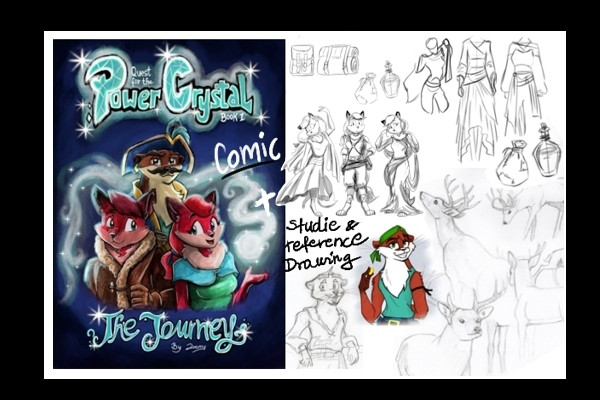HOME | DD
 Salad1V — Drake vs Flying Gormid
Salad1V — Drake vs Flying Gormid

#alternateuniverse #draconic #draconology #fantasticcreature #fantasycreature #speculativeevolution #speculativebiology #speculativezoology #drawingsandpaintings #speculativeecology #bird #birddrawing #birds #draco #dragon #dragons #drake #greendragon #wyvern #dragonartwork #wyverndragon
Published: 2022-10-09 01:23:49 +0000 UTC; Views: 2254; Favourites: 44; Downloads: 3
Redirect to original
Description
Life in the skies of Mo is highly varied, but it's mostly ruled by two groups: Drakes and Flying Gormids.Drakes are the predominant aerial predators on Mo, bu also the most majestic predators of them all. Highly intelligent, reaching gigantic sizes and wingspaws and being found on all continents, they are the true primal rulers of Mo, standing at the top of the food chain. Of course, they are highly variable in sizes, colors, shapes and lifestyles across the planet, but most of them are hunters that kill from above with the strenght of their teeth and talons. They aren't true dragons because they can't breathe fire, but they are still respected and feared by all.
Drakes have always been considered a threat by humans and related species, and this led to their systematic and almost complete extermination from Spearrow and Uterdwer by the rising kingdoms of these continents, until they found a way to domesticate the Drakes and use the in war. Today most Drakes still alive on Spearrow and Uterdwer are domesticated War Drakes trained for battle, but plenty of wild Drakes can still be found in the wild continents of Sekkel and Omoro, and in many islands.
Flying Gormids are another group that shares the skies with the Drakes. They are quite unique animals, similar to birds on the surface, but with some features also resembling pterosars, and of course, related to neither. Gormid "feathers" aren't true feathers, but are instead homologous structures developed from highly modified scales. Like pterosaurs, most flying gormid species are quadrupedal and walk on a similar way to ptersaurs, but some of the smaller species succesfully developed bipedalism, making them look even more like real birds. Although drakes fill most of the flying hypercarnivore niches, flying gormids dominate in a lot more varied roles, eating plants, fruits, seeds, arthropods, other small animals, seafood...
This scene was captured above an archipelago known as Maar, an isolates land on the end reaches of the world. We can see a Common Green Drake trying to hunt an Asterodactyl, a Flying Gormid native to these lands. We can also clearly see Mo's Moon, a satellite of rich volcanic activity unlike Earth's Moon.
Related content
Comments: 2

👍: 1 ⏩: 0

👍: 1 ⏩: 0























